11 Foods About to Get Way More Expensive Due to Blanket Tariffs
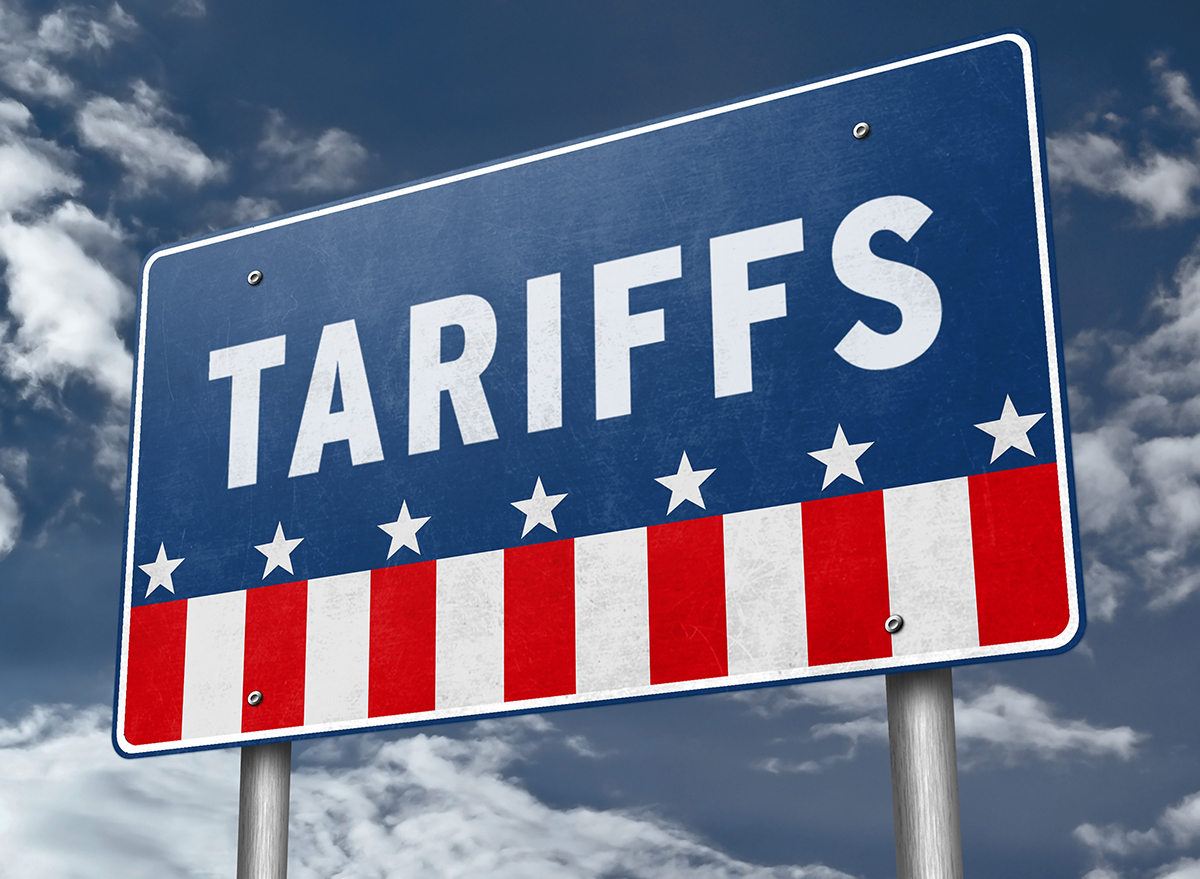
President Trump just announced 35% tariffs on all goods from Canada, plus the increase of blanket tariffs from 10% to 15% or 20% for most trade partners. “We’re just going to say all of the remaining countries are going to pay, whether it’s 20% or 15%. We’ll work that out now,” Trump told NBC News‘ “Meet the Press” moderator Kristen Welker. How this impacts U.S. grocery prices depends on how much of the tariffs are absorbed by importers before being passed on to consumers. Here are 11 foods that could become more expensive due to blanket tariffs.
Coffee
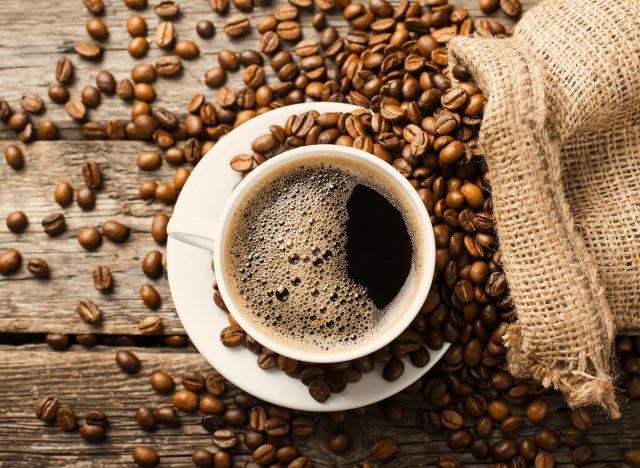
The 50% tariff levied against Brazil could make coffee more expensive than ever. “A tariff of this size would all but shut down that flow. Brazilian exporters won’t absorb it. U.S. roasters can’t,” senior coffee broker and consultant Michael Nugent, owner of California-based MJ Nugent & Co., told Reuters. “Bottom line: Brazil will sell its coffee elsewhere. The U.S. will buy coffee from someone else – Colombia, Honduras, Peru, Vietnam – but not at Brazil’s volume or price.”
Wheat
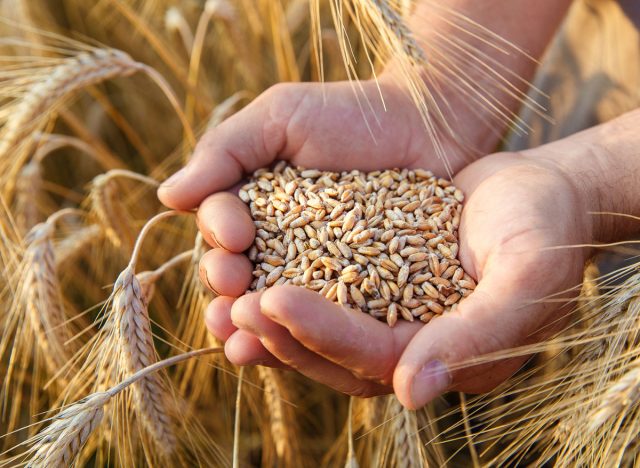
The U.S imports a significant amount of grain from Canada—2.3 million metric tons over the last 10 years. “Flour and product import volumes are expressed in wheat grain equivalent, which is the quantity of wheat needed to produce a certain amount of flour and products,” says the USDA. “Wheat-product imports consist mainly of pasta and noodles from Canada, the European Union, and Asia.”
Beef
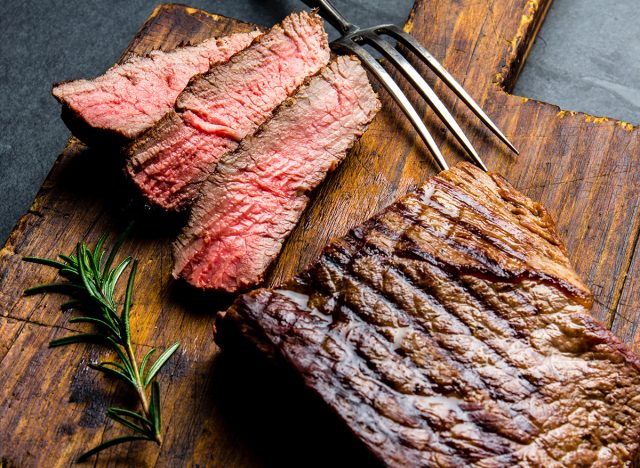
The U.S. imported 793,291 heads of cattle from Canada in 2024, according to the USDA, making it one of the major suppliers of beef. According to Iowa State University, Canada’s total Canadian cattle inventory is smaller than the Texas cattle inventory, but with beef prices already sky high, customers should expect prices to stay high. A 50% tariff on goods from Brazil will also impact the beef supply.
Chocolate
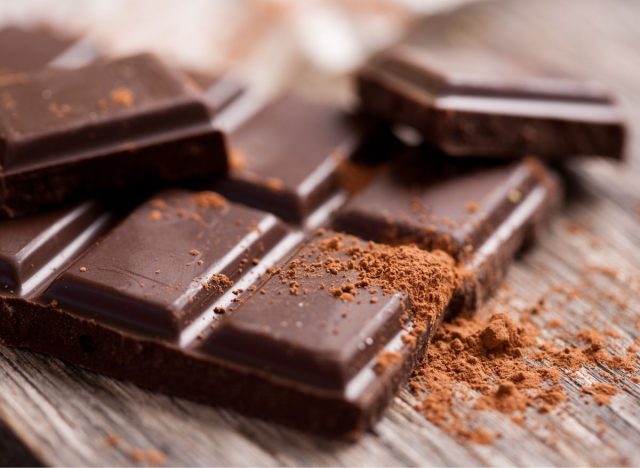
The U.S imports chocolate from the U.K. and from EU countries like Switzerland, Belgium, and Germany. “The taxes that will be applied will increase the price for American consumers. I think they will buy about the same,” Thierry Noesen, founder of the Belvas chocolate factory in Belgium, told Euronews. “If we end up with very high taxes, that could reduce orders for our products from our customers, and if I’ve already started production and bought the packaging, I’d be very annoyed.”
Cheese
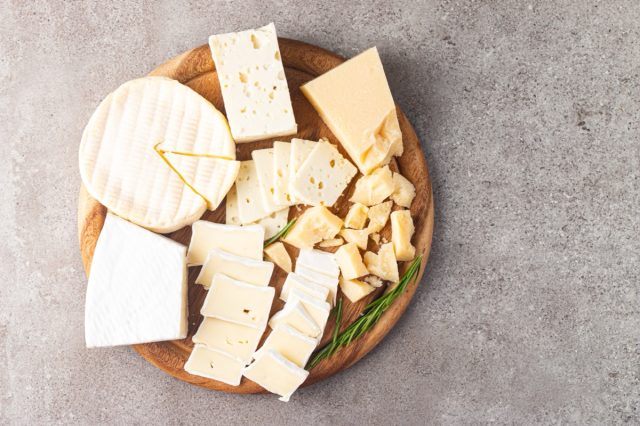
American consumers should expect British and European cheese to possibly get more expensive, too. Pizza experts Slice previously warned pizza-lovers their favorite pies could be impacted by the tariffs. “The EU is a powerhouse in specialty cheeses, and the US is a huge market for them — so a 20%/25% hike is very significant,” the company says.
Wine

French wines like Champagne and Burgundy could become even more expensive, producers and importers warn. “For the United States, it’s around 10% of the production; it’s a big production for me!” Burgundy winemaker Cécile Tremblay told the BBC, adding that she’s worried “as everybody is.”
Kerrygold Butter
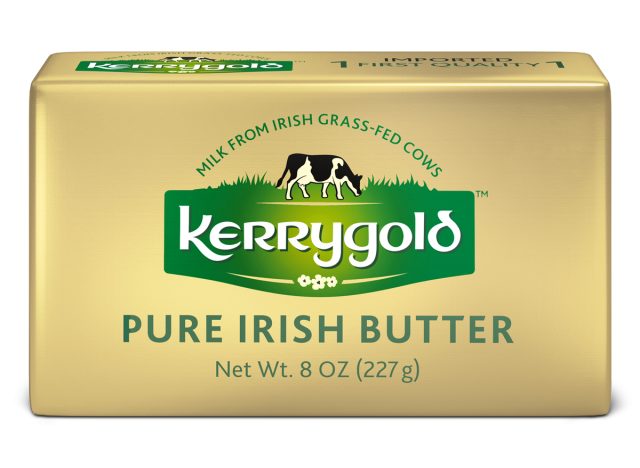
Kerrygold butter is very popular in the U.S., but with Ireland facing a hike in tariffs this could mean prices will go up for the staple item. When tariffs were first announced in April, the company had enough inventory already in the U.S. to withstand potential price hikes. “We are having conversations at the moment about what pricing will be around the 10 per cent tariff,” Kerrygold owners Ornua previously told The Irish Times. “We have to be respectful of the consumer that’s paying more for the Irish butter product than the US equivalent product but equally I’m tasked with driving value with Kerrygold and particularly for Irish dairy farmers.”
Olive Oil

The U.S. imports high-quality olive oil from Italy and Spain. “While tariffs have affected the olive oil industry, Italian extra virgin olive oil is also no longer unaffected, thanks to poor diplomatic negotiations and the unique nature of the Trump trade dispute,” says Italian olive oil makers Tenuta Le Mandorlaie. “Spanish bottled olive oil also faces additional duties, which led to higher prices for U.S. consumers.”
Scotch Whisky

Your favorite bottle of Scotch whisky was already facing a price hike with the 10% tariff, and a 20% tariff could obviously make that much worse. “It’s a huge blow for the industry,” Anthony Wills of the Kilchoman distillery on the island of Islay told BBC News. “For us personally, it represents 10% of our sales. So it’s clearly going to be a big blow, especially with the current economic headwinds that we’re all experiencing, we’re all going to find this very difficult and very challenging.”
Frozen Shrimp
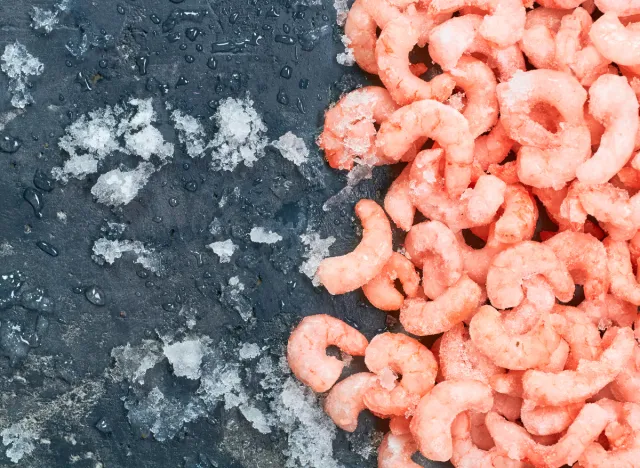
Your supermarket frozen shrimp could go up in price as a result of the U.S.-China trade war. “In 2023, Japan remained the PRC’s largest seafood product export destination, followed by the United States and South Korea,” says the USDA, which notes that China exported 436,300 MMT (million metric tons) of crustaceans in 2024.
Garlic
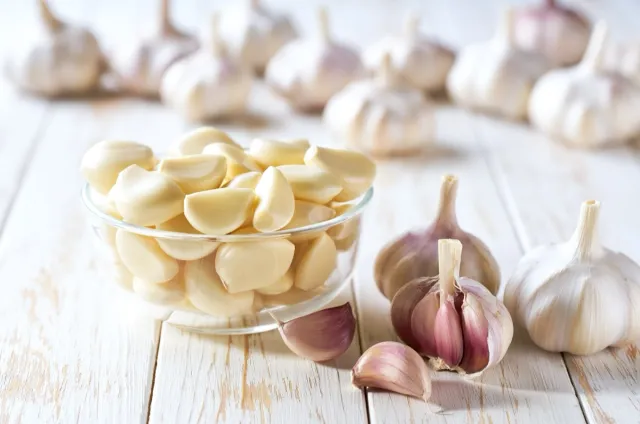
Garlic powder has been very hard to find recently thanks to supply issues (I knew I wasn’t imagining it!) and could get worse with levies against China, which exports a significant amount of the world’s garlic. The U.S. imported $124.03 million worth of garlic from China in 2023, up 51%, according to The Packer.








